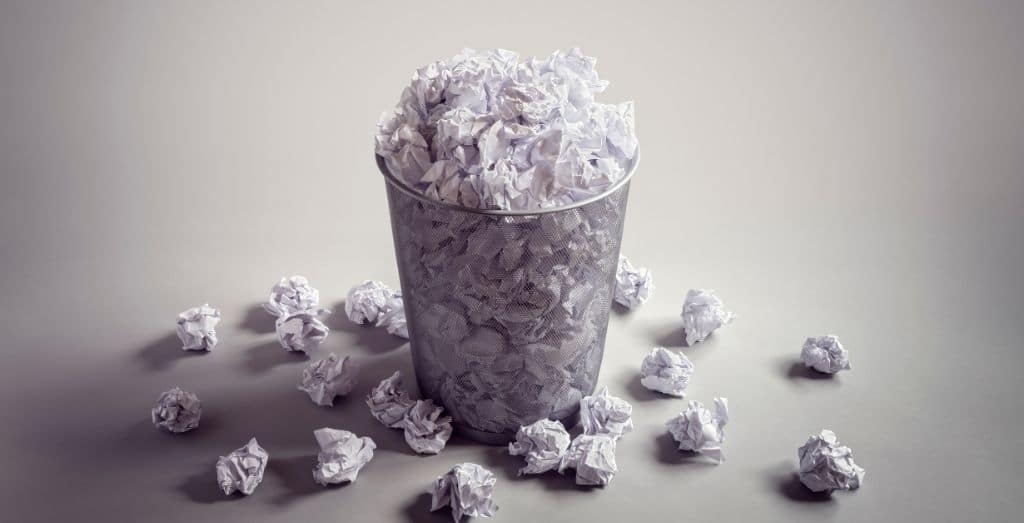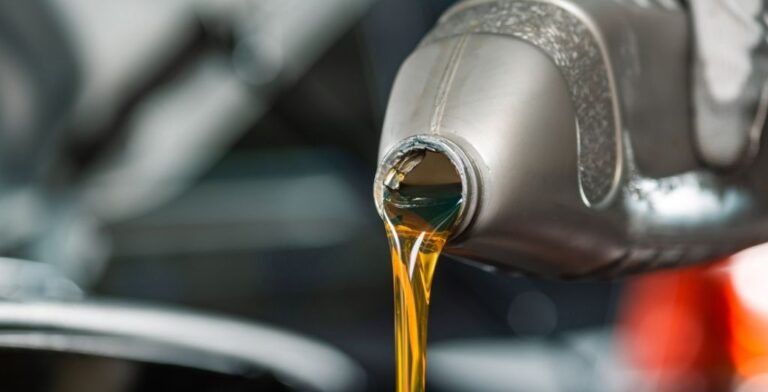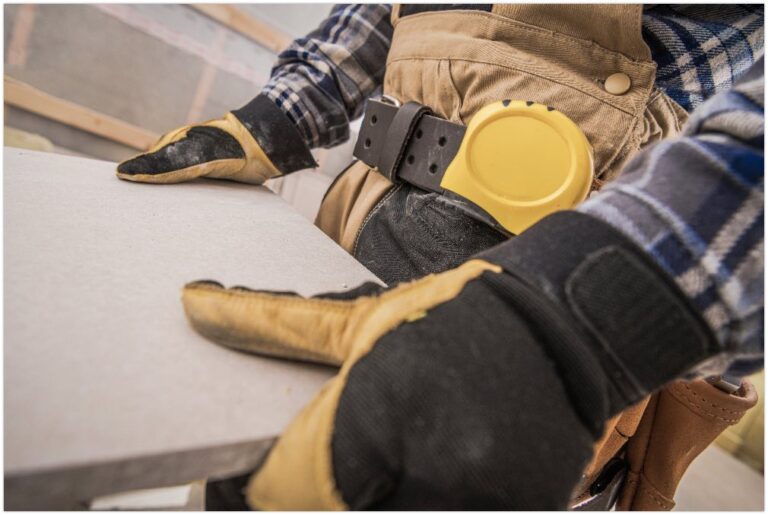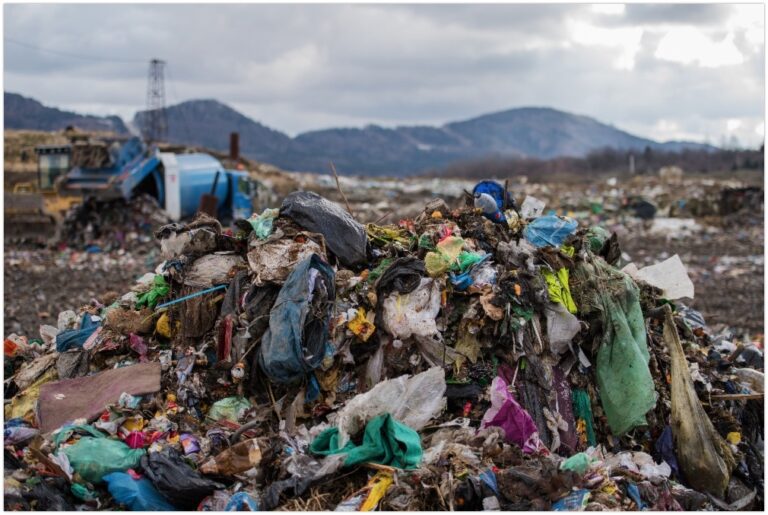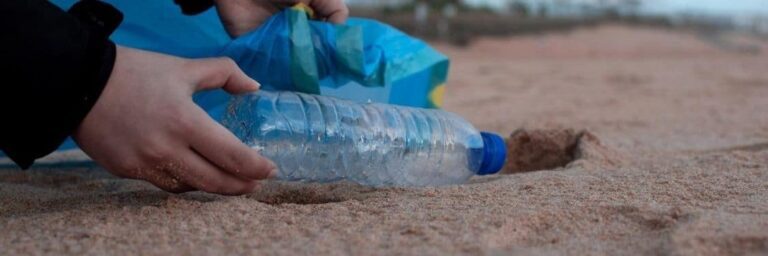There’s no doubt about it. Paper waste is still one of Australia’s biggest slices in the waste volume production pie chart. Dubbed as one of the leading nations with the highest demand for paper, it follows that paper waste is also a consequence of such reality. Every Australian contributes to this waste volume because everybody uses paper one way or another.
Australia needs several agencies and other aiding entities to help control paper waste. Rubbish removal services are part of this list. Paul’s Rubbish Removal Sydney works to keep paper waste as recycled as possible.
The average Australian consumes a lot of paper
An average Australian uses about 230 kg of paper products every year. This category of paper waste isn’t recyclable—millions of paper products in the dump. Many household commodities are part of this volume, so the amount is high. Compare this to the average waste production of each person, which is around 450 kg every year. The number is more than half of the total waste expected.
There are non-recyclable paper waste
Some types of paper waste are good candidates for recycling. Despite the big initiative for recycling these kinds of paper waste, there are still un-recyclable paper waste items. The best tip to help lessen the environmental impact of these items is to avoid them or reduce usage as much as possible. these items are:
- Carbon or self-carbonised paper
- Facial tissue and soil paper towels
- Tissue paper
- Waxed boxes
- Thermal fax paper
- Trees and non-recycled paper trash
Trees and non-recycled paper trash
Do you know how much it takes to produce paper products? An average of 20 trees are cut down. Loggers log 20 full-grown trees to process paper products that don’t end up in recycling methods. This translates to millions of hectares of forested lands that are put into logging for this necessity.
A ton of recycled paper can save trees
Despite the alarming statistics that are currently true, the good news is still present. Recycling is in. Good benefits come from recycling, including saving as much as 13 trees for every ton of recycled paper waste. This is why recycling paper waste is highly encouraged. Trees are the main raw material for almost all paper products, leading to waste. Wasting paper by not recycling means wasting trees from the forested lands of Australia.
A ton of newspaper consumes a lot of space
Trees aren’t the only thing affected by the demand for paper products. As many paper wastes are still considered unrecyclable, they need disposal methods. These types of non-recyclable trash don’t just disappear out of thin air. They go to waste disposal facilities, one of which includes the landfill. Imagine, a ton of newspaper you end up reading only once daily means 3 cubic meters of landfill area.
Paper and cardboard waste make up 25% of waste exports
To help address the waste situation, Australia exports waste to other nations that handle waste disposal problems and recycling processes. Around a quarter of the total waste volume for export are paper and cardboard waste. This may come from unrecyclable paper waste that takes up a lot of resources for disposal.
Victoria is the biggest exporter of paper waste
A big portion of Australia’s exported waste comes from Victoria. With 44% coming from them, this translates to as much as 0.5Mt of paper waste that isn’t put to recycling. The demand for the territory for export services is a lack of local facilities to accommodate more recycling initiatives.
There’s a proposed export ban in Australia
Because of the ongoing paper waste volume, administrations and local governing bodies propose an export ban for Australia’s waste. In the near future, there may be more action and initiative for you to recycle your paper waste or lessen your usage altogether. By June 2022, mixed paper and cardboard, baled paper and cardboard, and single-used polymers will be part of a complete export ban in the nation.
Diminishing quality of paper waste recovery
Recovery from waste is declining. This causes an alarm especially since the amount of municipal waste increases annually. Collectors compress paper waste more, diminishing possible high-calibre recovery of the rubbish. Even with 60% of recycled paper trash, there is increasing difficulty in doing sustainable methods to keep recycled things in good quality.
Recycling brings down greenhouse gas emissions
There are respective greenhouse gas emissions for every production and waste disposal of paper rubbish. This poses issues, especially since a lot of paper products are also from deforestation. The trees that function as the combat for greenhouse gases are the same trees that used to give paper products. It’s highly encouraged to recycle to bring down as much as 0.6 tonnes of CO2 for every ton of recycled paper.
Call Paul for your Rubbish Removal needs!
Despite the sheer volume of paper waste, paper is still one of the easiest waste types you can handle. Avoid, reduce, reuse, and recycle paper waste to reduce the numbers to a more manageable load. If you can’t avoid paper waste, work with Paul’s Rubbish Removal to handle paper rubbish. We do our best to recycle as much as 100% of your paper waste. The landfill is always the last option for your used stacks of paper and old books.
We provide household rubbish removal, office rubbish removal, and same-day rubbish removal. We have other rubbish removal services that will fit your needs too.
For enquiries or to book a rubbish removal job, call us at 0407 125 125 or send us an email at info@paulsrubbish.com.au.
